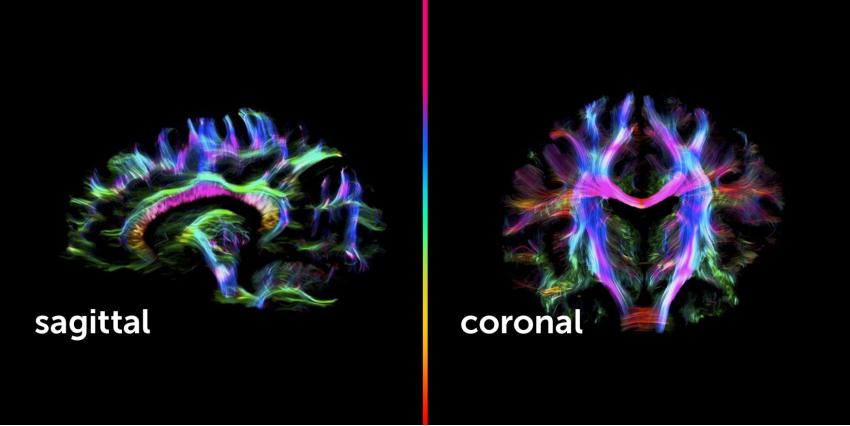Siemens Magnetom Terra MRI scanner is the future of clinical practice
Siemens Healthineers is one of the indisputable leaders of the medical equipment market. For many years, they supply equipment for diagnostic centers and hospitals, as well as for large research institutes. Use of powerful diagnostic equipment not only for scientific research, but also for routine clinical purposes was always important for the company. Especially when it comes to MRI scanners. It is known, that usually medical centers use magnetic resonance scanners with maximum capacity of 3 Tesla. And what would be the result of research and treatment, if they had a possibility to use a 7T scanner?

This is exactly the possibility that Siemens Healthineers is going to present to healthcare institutions, as it has recently obtained the first EU regulatory approval for an ultra-high-field MRI scanner Magnetom Terra.
Review of Siemens Magnetom Terra MRI scanner
Siemens states that Magnetom Terra is a new product, which is designed for both routine checkups and complicated clinical research. This possibility is provided by a unique dual mode, which allows switching between clinical and scientific research, having a separate database for each of them. A 7T magnet will allow you to diagnose complicated diseases much quicker and more accurately.

Advantages of the MRI scanner
The main advantages of the MRI scanner are:
- new, 50% lighter 7T magnet, which is designed for fast integration into clinical environment and will reduce the maintenance costs;
- double SNR (signal-to-noise ratio) for higher accuracy, with specialized clinical applications in dual mode;
- powerful research capacities due to 80/200 gradients and high acceleration factors with 64 receptive channels.
Unprecedented diagnostic possibilities with 7T magnet

A greater field strength results in higher resolution and enhanced contrast, allows seeing more details in neurological and musculoskeletal exams. The equipment has powerful diagnostic capacities:
- 0.2 mm resolution enables clinical evaluation of patients, suffering from temporal lobe epilepsy and Alzheimer’s;
- ultra-high resolution fMRI enables higher control of oncological diseases;
- standard FLAIR along with SWI with 7 magnet might help to understand multiple sclerosis better;
- metabolic brain condition research has a potential for clinical use in people, who have tumors, epilepsy, multiple sclerosis and neurodegenerative diseases;
- high-resolution T2 mode and possibility of non-contrast sodium imaging ensures better visualization of cartilages;
- CEST (Chemical Exchange Saturation Transfer) imaging will detect early stages of osteoarthritis.

"Ability to use 7 Tesla MRI technologies in the clinical sphere is a breakthrough into broader clinical applications. New radio-frequency technologies and monitoring methods will enable whole-body MRI at 7 Tesla in the future. This, undoubtedly, fosters the transition of research into clinical application,"— states professor Dr. Siegfried Trattnig, M.D., Director of the MR Center of Excellence and the Medical University of Vienna.
30.12.2017